To get an answer to the question: when to plant onions, you need to understand the culture itself, its features, characteristics. Onions are a very healthy vegetable. It is a spicy aromatic plant rich in vitamins and minerals.
Onions are believed to have medicinal properties. Onions were used in the treatment of typhoid, flu, impotence and many other diseases. Its disinfecting properties disinfect the air, affecting many microorganisms. Disinfecting properties are provided by phytoncides. Phytoncides are biological substances that kill the growth of bacteria.
There are over 100 onion varieties. They differ in their taste characteristics: spicy, semi-sharp and sweet. Bulb size: large (over 0.4 kg), medium (0.2 to 0.4 kg) and small (0.05 to 0.2 kg). Today, varieties such as Globo, Exibishen, Orion, Family onion are popular. Which variety to choose, everyone decides for himself. They vary in color, shape, taste and growing technique. Leek is known for its special taste. Plant onions on feathers or greens. The most popular and widespread are onions.
There is always a question: when should you plant onions in order to get tasty, healthy fruits and a high yield?
The timing of planting onions in the spring in different regions is different. In the south, it is possible to plant onions in the ground when the soil temperature warms up to 15 degrees Celsius, around March. The southern cities include, for example, Voronezh, Krasnodar, Astrakhan. In the Central regions, in Moscow and the Moscow region, the Moscow region, Bryansk, Kaluga and other cities, onions are planted in late April - early May. Northern regions, such as the Leningrad region, Siberia, warm up later, it is recommended to plant onion crops in the second half of May.
Agrotechnics
The main advantage in growing onions is their simplicity. This culture can be grown everywhere. Simple cultivation techniques allow even beginners to get a rich harvest.
Soil plays a central role in growing onions. The plant has a developed root system, thanks to which it receives water and nutrients from the ground. The soil should be sufficiently moist, have a low acidity level, rich in fertilizers and minerals.
Onion care includes the following activities:
- Loosening - improving the structure of the earth, providing oxygen access to the roots of the plant;
- Watering - saturation of the plant with moisture. At first, the vegetable needs moderate watering, but at the ripening stage, abundant irrigation is necessary;
- Weeding - cleansing the garden from weeds. Fruits grown on a weeded bed are better stored;
- Top dressing - saturation of the fruit with minerals that accelerate its ripening, improve taste and increase the size of the vegetable;
- Preventive treatment is a procedure for disinfecting a plant from pathogenic bacteria and preventing diseases.
Usually the first early-ripening fruits are harvested 90 days after sowing. Mid-season varieties are harvested after 110 days. Ripe onions have 2-3 layers of protective scales on the surface. Due to them, the crop is stored for a long time and does not deteriorate.
Planting onions in the open field in spring
Onions can be grown in two ways: using seeds or sets as sowing. Sevok is a one-year-old onion grown from seeds. It is very small in size. He is also called nigella. Chernushka has a high yield. It is planted to get a turnip onion. Tulips are also planted in this way.
Sevok is planted in the ground, as a rule, in May.There are many gardening calendars that indicate when to sow onions. In each region, the date will be different, due to the peculiarity of the climate. Some gardeners prefer to use the lunar calendar to determine an auspicious date when to plant onion sets. The moon influences planting activities and harvest volume. On the growing moon, the energy of plants increases, and they grow. Planting seeds during moon growth has a positive effect on yields. The number is chosen, and on this day they begin to disembark.
When planting seedlings in the soil, certain conditions must be observed. When onions are planted outdoors in the spring, it is important that the soil temperature is above 15 degrees Celsius. If you plant onions in unheated cold soil, they will not yield a crop.
To grow onions, you must choose the right piece of land. The area must be well ventilated and well lit.
The predecessors can be potatoes, squash, cabbage, or tomatoes. It is customary to plant carrots in the vicinity of onions. The smell of carrots drives the onion fly away.
Preparing the beds
The optimal soil for the cultivation of onion heads is black soil. Rich fertile soil will not need additional fertilizing and fertilization.
The soil should not be acidic. To reduce the acidity of the soil, lime is added to it. It neutralizes the acidic environment. Shaded beds in the shade of trees are unsuitable for cultivation.
In autumn, after harvesting, the land is cleared of plant residues. At the same time of the year, humus and phosphorus-potassium fertilizers are laid. During the winter, these substances will be absorbed by the soil, and pathogenic microbes will be destroyed. It is forbidden to fertilize the soil immediately before sowing.
Before sowing, the bed is leveled. Depressions of 2-4 cm are made on the surface of the bed. If you plant the onion more deeply, the shape of the fruit will be oblong-elongated. With a shallow planting, the sown onion runs the risk of being pushed to the surface by developed roots.
The distance between the holes should be at least 8 cm so that the plants do not interfere with each other's growth. To speed up and facilitate sowing, gardeners have come up with a simple device called a marker. This is a board, 30-40 cm wide, on which teeth are located, 3-5 cm long, the distance between the teeth is 8 cm. Thanks to this design, making holes for planting is faster and more convenient.
The distance between the beds is maintained at 20-25 cm. The submerged bulbs are sprinkled with earth on top. The soil thickness above the crops should not exceed 3 cm.
Recommendations
Onion sets for sowing must be of high quality: dry, no damage, no rot. For a good harvest, choose a medium-sized set.
If stored improperly, onion sets planted in the ground will go into a peduncle, otherwise called an arrow, and will not yield a crop.
2 weeks before planting the seedlings in the garden, it is heated at a temperature of 40 degrees Celsius for 8 hours. Then the temperature is gradually increased to 47 degrees and stored for another 10 hours. The heating procedure allows you to disinfect the onion, which reduces the risk of disease on it.
It is also useful to soak the onion sets before planting. Soaking will speed up the emergence of seedlings, which will increase the yield. Onion sets are soaked in a solution of organic and mineral fertilizers. You can use ready-made dry mixes purchased from a specialized store.
A good germination effect is obtained by soaking in a solution of copper sulfate.
After soaking, the onions are thoroughly dried. The first time after planting, onions require moderate watering. It is important not to allow the top layer of the earth to dry out. The soil with crops must always be moist.With an insufficient amount of moisture, the crop will not form well.
Weeds appearing in the garden are removed in a timely manner. Extraneous plants take away all the nutrients for the fruit.
Loosening the earth is necessary for an abundant flow of oxygen to the roots of the plant. The formation of a dense crust on the soil surface is not allowed.
To improve the growth of the fetus, fertilizing and fertilization are required. When the onion leaves grow to 10-15 cm, the first fertilizer is applied. Urea, potassium chloride, superphosphate are used as fertilizers. Top dressing helps in head formation.
After 21-28 days, when the heads begin to form, the fertilizer is applied a second time. This is necessary for the head to develop better and grow faster.
To prevent the plant from becoming ill, it is sprayed with a solution of copper sulfate.
A few weeks before harvesting, watering is stopped so that the bulb ripens at rest.
When the top leaves are dry, you can harvest. One medium head weighs from 100 to 150 grams, depending on the variety. In productive years, the weight of one head can reach 200 grams.
Bulbs are used raw, in the preparation of salads, as a spice, they are harvested with them for the winter conservation. Their use in food during the active spread of viruses strengthens human immunity.
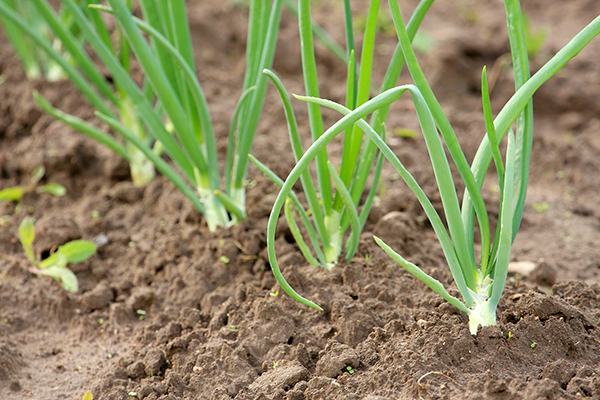
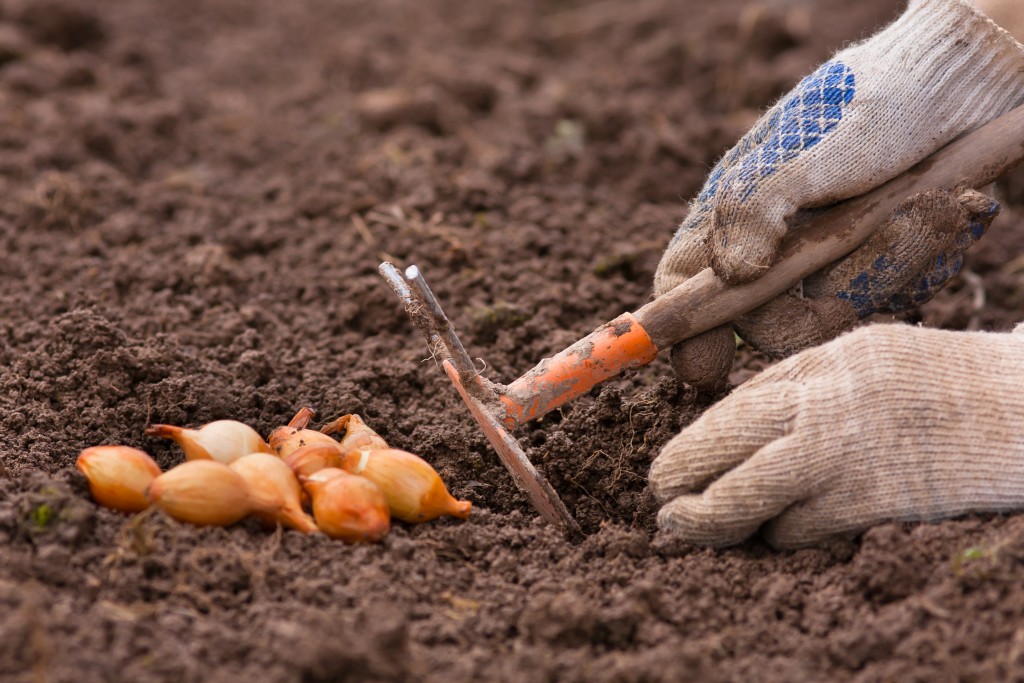
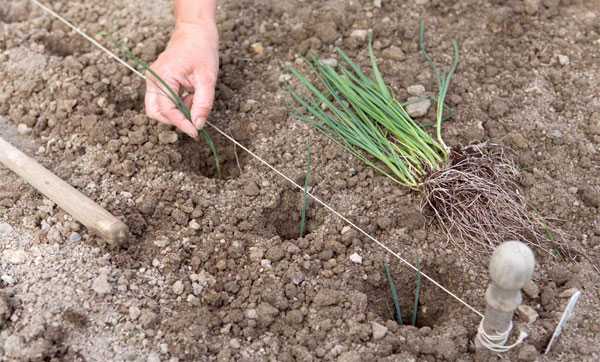

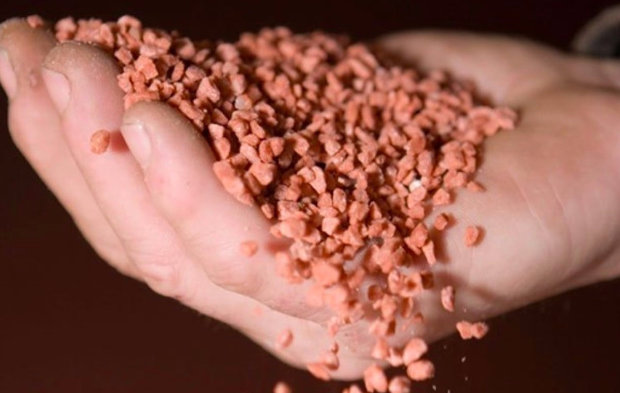
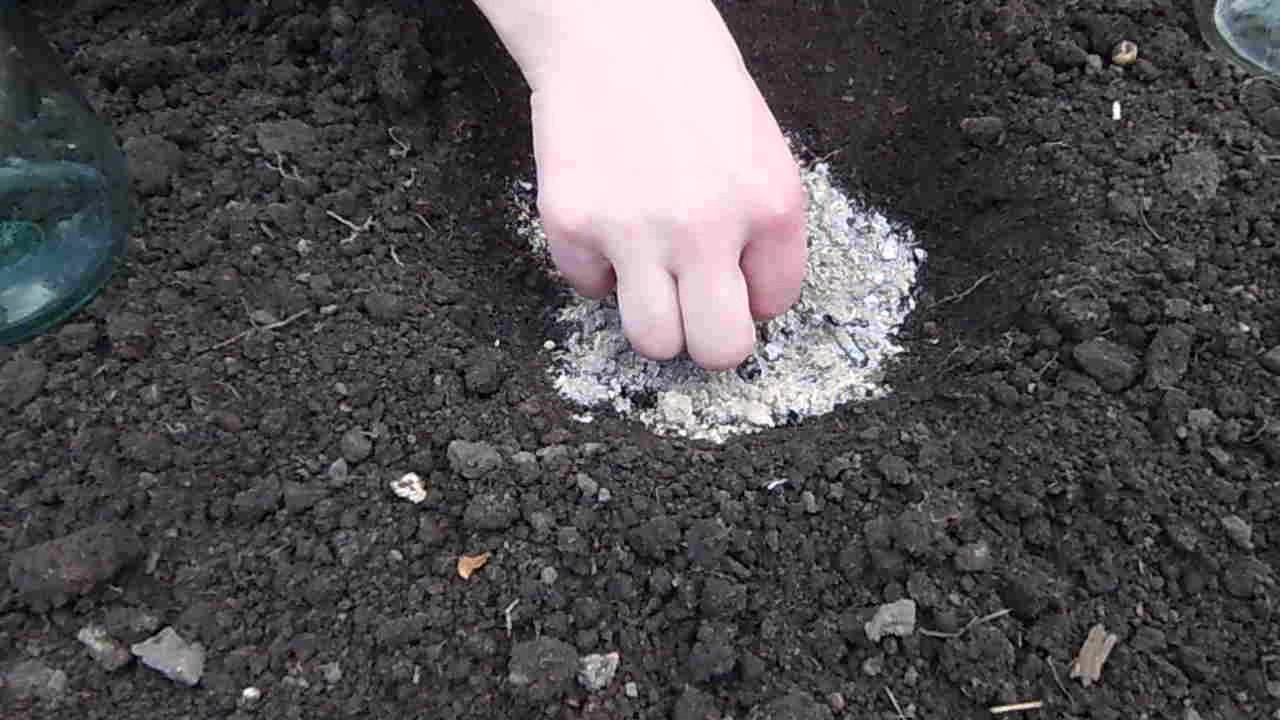
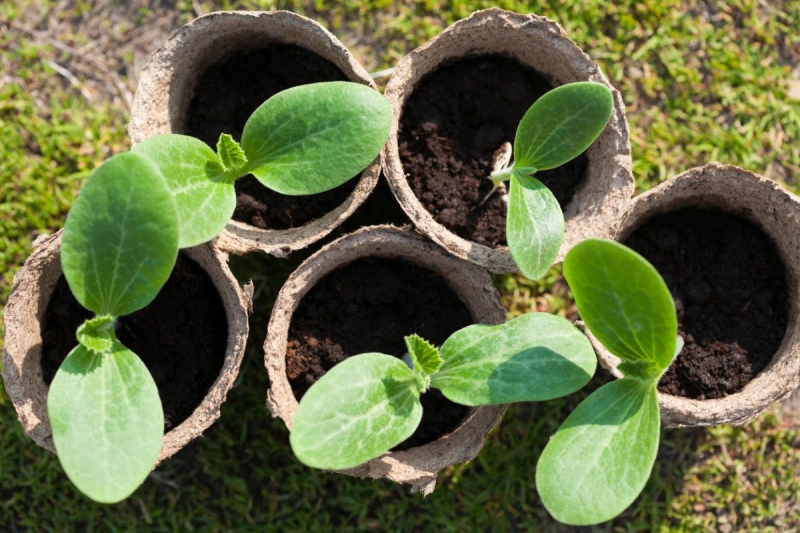
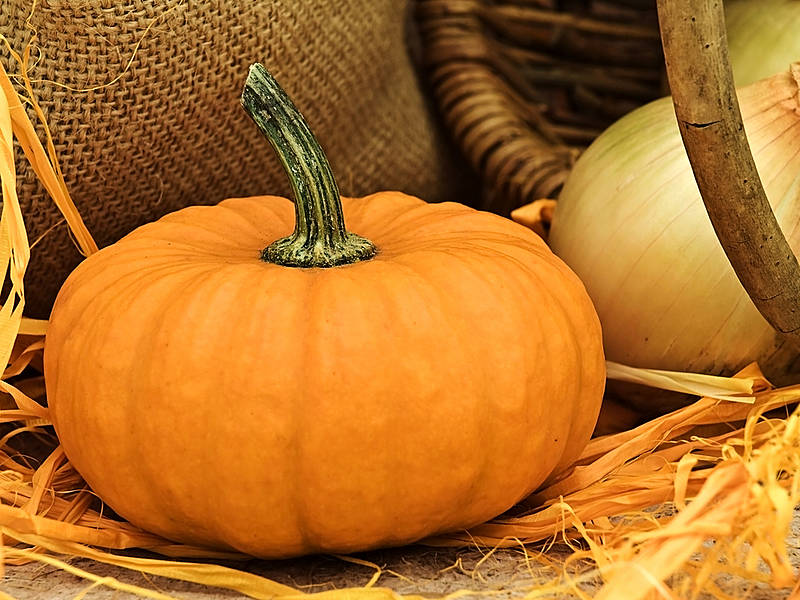
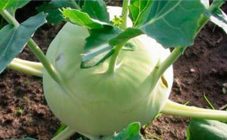
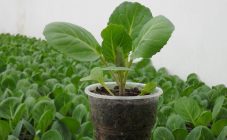
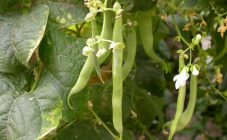







Voronezh, that is exactly the south of Russia….